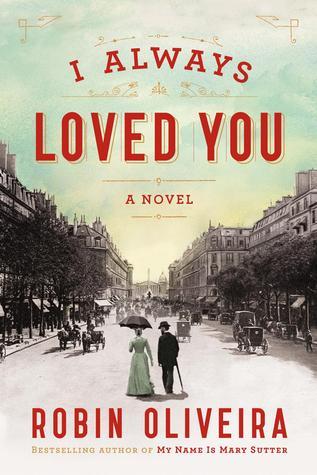What do you think?
Rate this book


343 pages, Hardcover
First published February 4, 2014
She would adore her child and tend her husband, but love, that elusive prize, had left her now. What a horror it was to be mortal, she thought, subject to such appalling weaknesses and needs. What a horror it was to be alive.